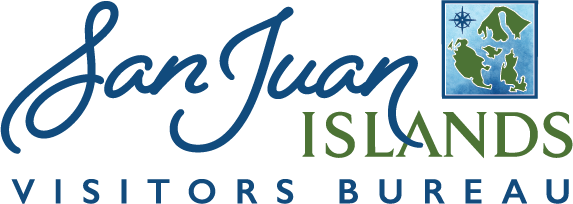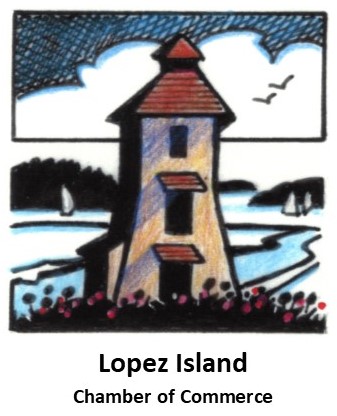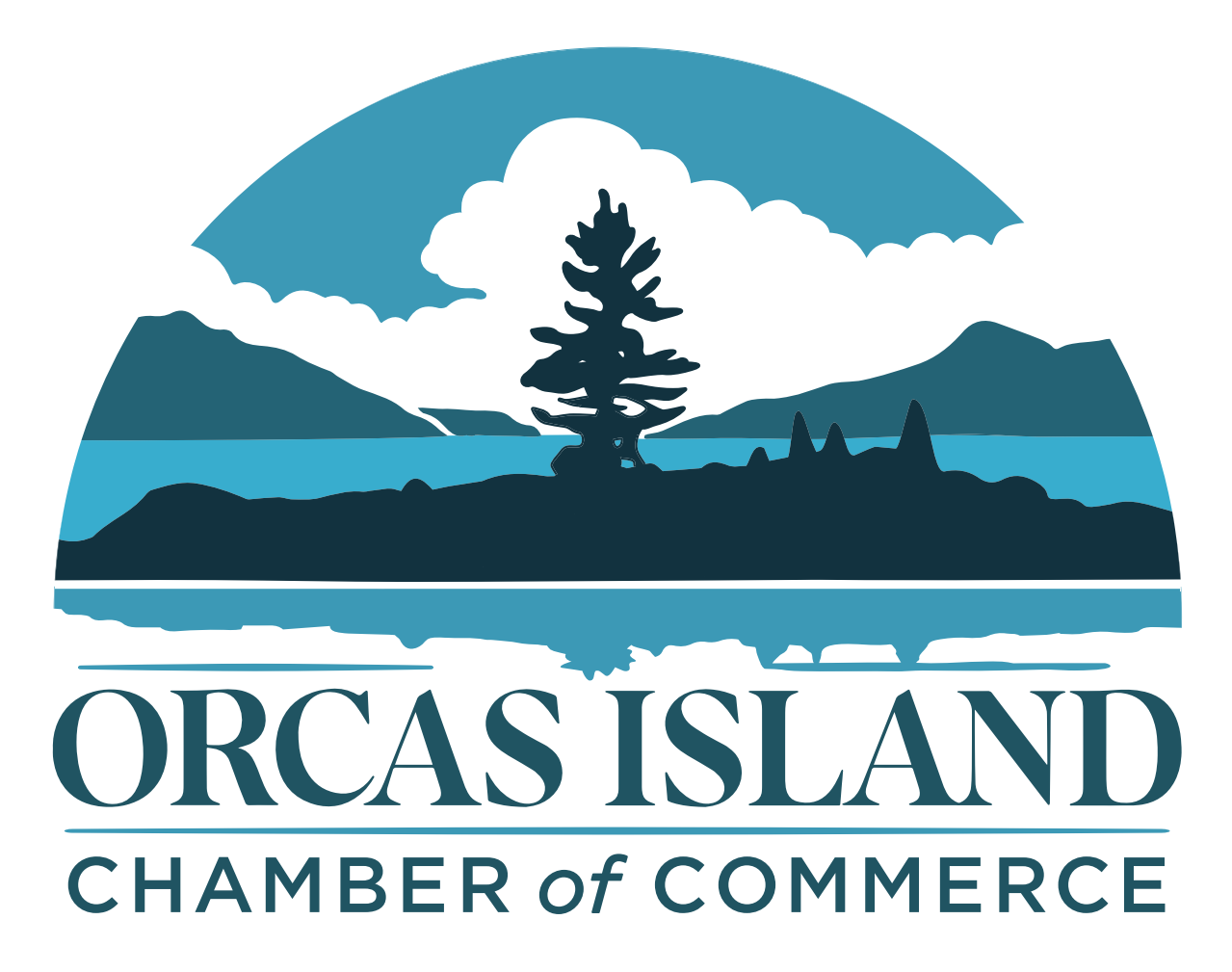Into The Whale’s World
Why a whale and wildlife tour in the San Juan Islands should be on your bucket list
Magical moments on the water with magnificent wildlife, new learning experiences, and a beautiful boat ride!

On the kind of warm spring day where the world vibrates with life, I walked down to the docks with a couple of friends. We were there for a new experience—to see giants of the ocean in the wild. The air smelled of salt, seaweed and of frying fish and chips from the pub on the corner. Our captain and naturalist were waiting by our ride for the day, an open-plan boat with outside seating and a cozy cabin, filled with snacks, if it got cool. We jumped onto the boat with about a dozen other excited people and backed out of the slip into the open harbor. On one side, the huge Washington State Ferry, Samish, was pulling in from Anacortes. Above us, a yellow-and-white Kenmore Air floatplane from Seattle tipped its wings, preparing to land on the steely blue harbor.
A pelagic perspective
We moved out of the harbor and across Griffin Bay towards Cattle Point Lighthouse, with Lopez Island to our port side. There was a light wind, so it was cooler on the water, but still comfortable. The naturalist on board started to point out wildlife as we passed, slowing down and pulling past a huge rock. At first, I didn’t see anything—it just looked like a big, golden rocky island that rose less than 10 feet out of the water.
Then I saw it move. The whole island seemed to be moving. As we got a bit closer, I could see dozens of Steller sea lions lolling in the sun, and nearby, harbor seals lounged with their tails arched and taut, pointing their whiskered noses to the sky. The sea lions grumbled and shuffled for higher ground.
The boat continued north around the west side of San Juan Island, with Vancouver Island to our port side, and the naturalist pointed out bald eagle nests along the shoreline, and a few majestic birds floated on the updrafts from the water or perched stoically in the tops of Douglas fir trees.
I began to hear excited chatter from my fellow passengers, and I turned around to see several large black dorsal fins rising and falling in and out of the water about thirty yards off our starboard side. The captain immediately cut the engine, keeping out of the whales' path.



Experience the thrill for yourself! Book a guided tour with a local naturalist in the San Juan Islands.
Family togetherness
"Those are the T65A's," said the naturalist. "They're a family of Bigg's orcas, also known as transients, that regularly travel through the Salish Sea. They hunt for smaller marine mammals like seals, sea lions, and porpoises rather than fish. The head of this matriline is T65A, affectionately known as 'Artemis,' and her five offspring. All orcas are matrilineal, meaning Mom is the head of the house. Artemis’ oldest offspring is her son T65A2, and like his mom, he has an obvious notch in his dorsal fin that makes him easily recognizable. As with all adolescent male orcas, T65A2’s dorsal fin is growing quite tall and because of that he is referred to as a 'sprouter.' While some orcas stay with their moms their whole lives, it is not uncommon in the culture of Bigg’s orcas for an individual whale to leave their family, either temporarily or for long periods. The oldest daughter in this family is a spunky whale and is often seen next to her oldest brother. She was the only other female in this group until 2018, when Artemis gave birth to another female calf, T65A6. "
Mysterious leviathan
After leaving the orcas to work their way west, we were rounding the north edge of San Juan Island when the naturalist spotted a dark shape off the port side. A large plume of mist rose into the air. A humpback whale! "Humpbacks are the largest of the common baleen whales in the Salish Sea at 45-50 feet long and migrate biannually, heading north towards Alaska in the spring from more tropical climes and returning south in the fall," said the naturalist, pulling out the ID guide as we watched, hoping for a fluke. "They were hunted to near extinction, but the population began to slowly rebound after the moratorium on whaling went into effect in the 1960s, with record-breaking numbers of sightings reported in recent years. San Juan Islands sightings started with a female affectionately known as “Big Mama,” often spotted with one of her calves—Split Fin, Tulip, Beak, and Pop Tart. Tulip brought her own calf in 2020, making Big Mama a grandma for the first time. Photo ID catalogs detail individual marks, scratches, and patterns on the underside of the flukes." Despite all our hopes, the humpback never fluked before we had to leave, leaving the ID a mystery.

There’s so much to learn about these animals in their natural habitat. There are laws here to protect the whales, keeping boats at least 200 yards away from these magnificent creatures. Orcas tend to live in pods—and in this Salish Sea surrounding the Islands, there are two ecotypes. The Bigg's orcas, like the family we've been watching, that feed on seals and porpoises, and the critically endangered Southern Residents that forage for Chinook salmon. The humpbacks are often solitary unless it's a mother-and-calf pair. The vessel distance requirement for Southern Residents is 300 yards as extra protection, along with a go-slow zone of 7 knots within a half-nautical mile.
We might have only been on the water for three hours, but it felt much longer as the whales kept us in awe of their charismatic energy. I noticed a symbiotic beauty in this shared experience. As these giants were living for the moment, so were my friends and I, simply by watching them in their world.
Find out about fun things to do in the San Juan Islands, and how you can go on a Whale and Wildlife Tour.


















